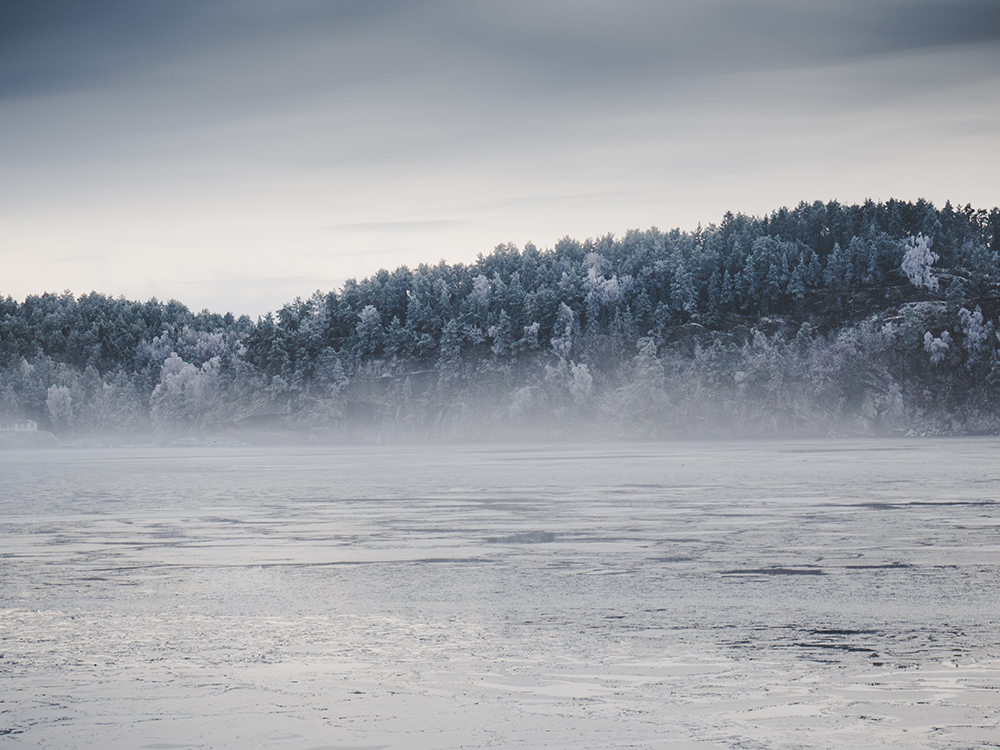Written by: Nick Todorovic and Camelia Amiri, Articling Student
As the weather warms up this spring and ice starts to melt, it is important to be aware of the spring thaw dangers and to stay safe. Here are a few common hazards to look out for this spring:
1) Large Frozen Bodies of Water
Users of large frozen bodies of water (e.g. ATV and snowmobile riders, skaters, children, etc.) should be cautious of the thinning layer of ice due to increasing temperatures. This is especially true when ice is grey in appearance as this indicates the presence of water. Supervising or prohibiting children while playing near bodies of water is very important to ensure their safety. However, in the event of an emergency, it is important to know what to do. The Canadian Red Cross provides the following helpful tips:
When You Are Alone on Ice:
- Call for help.
- Resist the immediate urge to climb back out where you fell in as the ice is weak in this area.
- Use the air trapped in your clothing to get into a floating position on your stomach.
- Reach forward onto the broken ice without pushing down. Kick your legs to push your torso on the ice.
- When you are back on the ice, crawl on your stomach or roll away from the open area with your arms and legs spread out as far as possible to evenly distribute your body weight. Do not stand up! Look for shore and make sure you are going in the right direction.
When You Are With Others on Ice:
- Rescuing another person from ice can be dangerous. The safest way to perform a rescue is from shore.
- Call for help. Consider whether you can quickly get help from trained professionals (police, fire fighters or ambulance) or bystanders.
- Check if you can reach the person using a long pole or branch from shore – if so, lie down and extend the pole to the person.
- If you go onto ice, wear a PFD and carry a long pole or branch to test the ice in front of you. Bring something to reach or throw to the person (e.g. pole, weighted rope, line or tree branch).
- When near the break, lie down to distribute your weight and slowly crawl toward the hole.
- Remaining low, extend or throw your emergency rescue device (pole, rope, line or branch) to the person.
- Have the person kick while you pull them out.
2) Freezing Rain and Icy Roads
As the temperature fluctuates between above and below freezing temperatures, this can result in freezing rain, black ice, and icy roads and sidewalks. It is important to keep these hazardous travel conditions in mind and to check local television or radio stations for weather advisories and warnings. When possible, avoid driving and walking outside during icy conditions. When travel is absolutely necessary, drive slowly using salted or sanded roads, stick to major routes, and keep a safe distance from other vehicles on the road. If you are travelling on foot, use salted and sanded paths and walk with caution. (Don’t take your snow tires off prematurely)
3) Puddles and Potholes
Driving through puddles and potholes in the spring also comes with potential dangers. When travelling over potholes filled with water at a high speed, there is a risk of hydroplaning, which is a phenomenon that occurs when a tire encounters more water than it can scatter. This can cause water pressure in front of the wheel to push under the tire causing a loss of traction. Hydroplaning can result in a loss of steering and breaking, and ultimately, a loss of control of your vehicle. For this reason, it is important to drive with caution and at appropriate speeds over potholes and puddles. When possible, avoid driving over potholes and puddles altogether.
If you or your loved ones have been injured in an accident due to inclement weather, call the personal injury lawyers at McLeish Orlando LLP for a free consultation.







